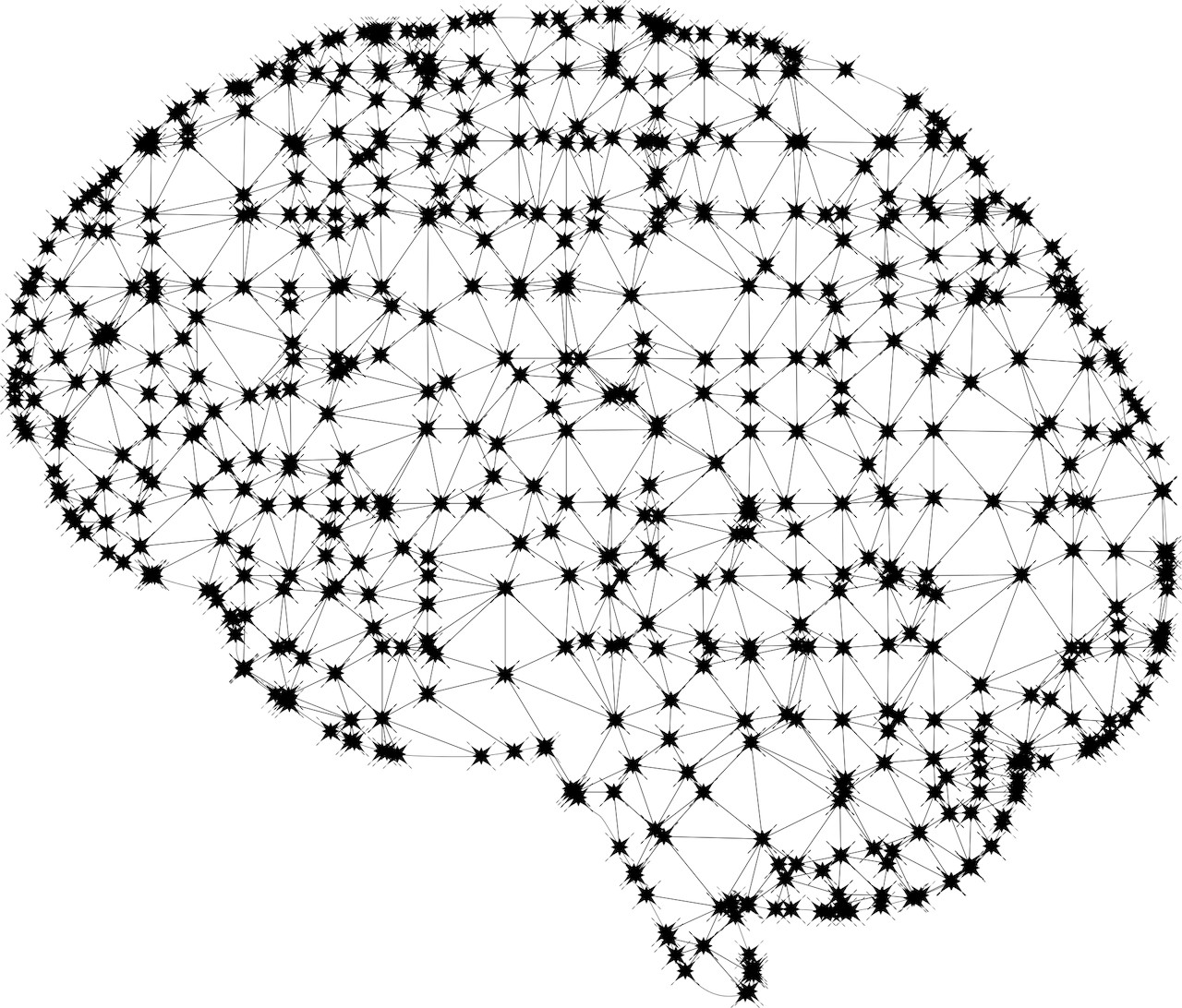
Artificial intelligence (AI) is rapidly changing the world of web design, providing new tools and approaches for agencies to create more effective and engaging websites. From automated design and layout to personalized user experiences, AI is transforming the way web designers work and enabling them to create more effective and user-friendly websites.
In this article, we’ll explore the impact of AI on web design and how agencies can integrate this technology into their approach to create better websites and improve client satisfaction.
The Impact of AI on Web Design
AI is transforming the world of web design in a number of ways, from automating routine tasks to creating personalized user experiences. Here are a few of the key ways in which AI is changing the game for web designers:
1. Automating Design and Layout
One of the most exciting applications of AI in web design is in automating routine tasks such as design and layout. AI algorithms can analyze large datasets of design elements and user preferences to generate layouts and designs that are tailored to the specific needs of a website.
For example, AI tools can analyze user behavior data to determine which design elements are most effective at converting visitors into customers. This data can then be used to create personalized layouts that are optimized for the specific needs of a website.
2. Creating Personalized User Experiences
Another key application of AI in web design is in creating personalized user experiences. By analyzing user behavior data and preferences, AI algorithms can generate personalized content and recommendations that are tailored to the needs of individual users.
For example, AI tools can analyze a user’s browsing history to determine which products or services they are most interested in. This data can then be used to generate personalized recommendations and offers that are tailored to the user’s needs and preferences.
3. Improving Accessibility and Usability
AI is also being used to improve the accessibility and usability of websites for people with disabilities. AI algorithms can analyze website content and design elements to determine which features may be difficult or inaccessible for people with disabilities, and suggest alternative design elements or features that can improve accessibility.
For example, AI tools can analyze website content to determine which images may be difficult for people with visual impairments to understand. This data can then be used to suggest alternative image descriptions or captions that can improve the accessibility of the website.
Integrating AI into Your Web Design Approach
So how can agencies integrate AI into their approach to web design? Here are a few key strategies to consider:
1. Embrace AI Tools and Platforms
The first step to integrating AI into your web design approach is to embrace the tools and platforms that are available. There are a wide variety of AI tools and platforms available that can help automate routine tasks and improve the user experience of your websites.
For example, AI-powered design tools like Canva or Adobe’s Sensei can help automate the design and layout process, while AI-powered chatbots can provide personalized support and recommendations to users.
2. Use Data Analytics to Inform Design Decisions
Another key strategy is to use data analytics to inform your design decisions. By analyzing user behavior data and preferences, you can gain valuable insights into which design elements and features are most effective at engaging users and converting them into customers.
For example, you can use A/B testing to compare different design elements and layouts to determine which ones are most effective at achieving your goals. You can also use heat maps and click-tracking tools to analyze how users are interacting with your website and identify areas that may need improvement.
3. Focus on User-Centered Design
Finally, it’s important to focus on user-centered design when integrating AI into your approach. While AI tools and platforms can be powerful assets, they should always be used in the service of creating a better user experience for your website visitors.
This means prioritizing elements like accessibility, usability, and personalization, and designing websites that are optimized for the needs of your target audience.
For example, when using AI-powered design tools, it’s important to consider how the designs generated by the tool will be perceived by different user groups. You may need to make adjustments or customize the design elements to ensure that they are accessible and usable for everyone who visits your website.
Conclusion
AI is rapidly transforming the world of web design, providing new tools and approaches that can help agencies create more effective and engaging websites. By embracing AI tools and platforms, using data analytics to inform design decisions, and focusing on user-centered design, agencies can integrate AI into their approach to web design and create better websites that deliver results for their clients.
While AI is not a silver bullet for all of the challenges facing web designers, it can be a powerful asset when used in service of creating better user experiences and achieving your goals. As AI continues to evolve, it will undoubtedly play an even bigger role in the world of web design, offering new opportunities and possibilities for agencies that are willing to embrace it.
This article was written by ChatGPT with prompts from experienced developers.

